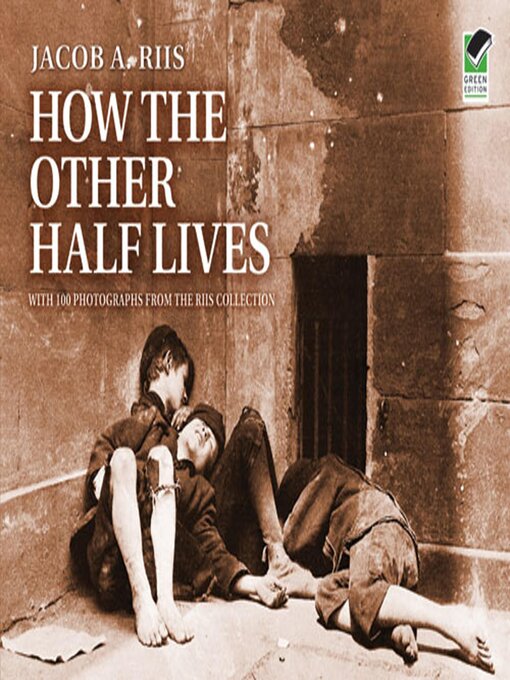- Just Added eBooks for Adults
- Available now
- Most popular
- New kids additions
- New teen additions
- Try something different
- See all ebooks collections
- New audiobook additions
- Most popular
- Available now
- New kids additions
- New teen additions
- Try something different
- Just Added Audiobooks for Adults
- See all audiobooks collections
- Newly Added Magazines!
- Cooking & Food
- Home & Garden
- News & Politics
- Fashion
- Celebrity
- Sports
- Business & Finance
- Kids & Teens
- Science
- See all magazines collections
